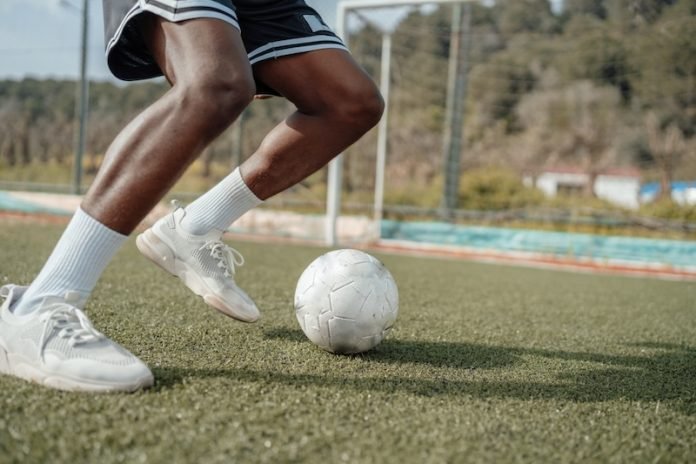
A recent study published in Neurology reveals a stronger connection between certain brain injury markers and former tackle football players compared to non-players.
The research, conducted by Michael L. Alosco, Ph.D., of Boston University, focuses on white matter hyperintensities, visible signs of brain injury on MRI scans, which appear to be more prevalent in those who have played tackle football.
White matter hyperintensities are commonly seen with aging and medical conditions like high blood pressure.
However, this study suggests a potential link to brain damage from repetitive head impacts, such as those experienced in tackle football.
These impacts are also associated with chronic traumatic encephalopathy (CTE), a neurodegenerative disease leading to dementia.
The study, however, does not establish a direct cause-effect relationship but indicates a strong association.
The research involved 180 former football players (120 professional and 60 college-level) with an average age of 57, compared to 60 non-football playing men, averaging 59 years old, with no history of repetitive head impacts or concussion.
Participants underwent brain scans and lumbar punctures to identify biomarkers of neurodegenerative disease and assess white matter changes.
In former football players, a higher presence of white matter hyperintensities correlated with increased vascular risk factors, elevated p-tau proteins (linked to Alzheimer’s, CTE, and other neurodegenerative diseases), more significant brain shrinkage, and decreased integrity of brain white matter pathways.
The study found the relationship between white matter hyperintensities and stroke risk to be over 11 times stronger in former football players compared to non-players.
The association with p-tau proteins was 2.5 times stronger, and for white matter integrity, nearly 4 times stronger in these athletes.
Alosco emphasizes the importance of considering other risk factors such as sleep apnea, alcohol use, and high cholesterol, which have been controlled for in previous research but remain significant due to their impact on cognitive function.
A limitation of the study is its reliance on volunteer participants, who may not represent all former football players. Furthermore, as the study focused on elite football players, its findings may not directly apply to broader populations.
Despite these limitations, the research offers critical insights into the long-term impacts of repetitive head impacts in football, highlighting potential risks for brain health.
Copyright © 2023 Knowridge Science Report. All rights reserved.



